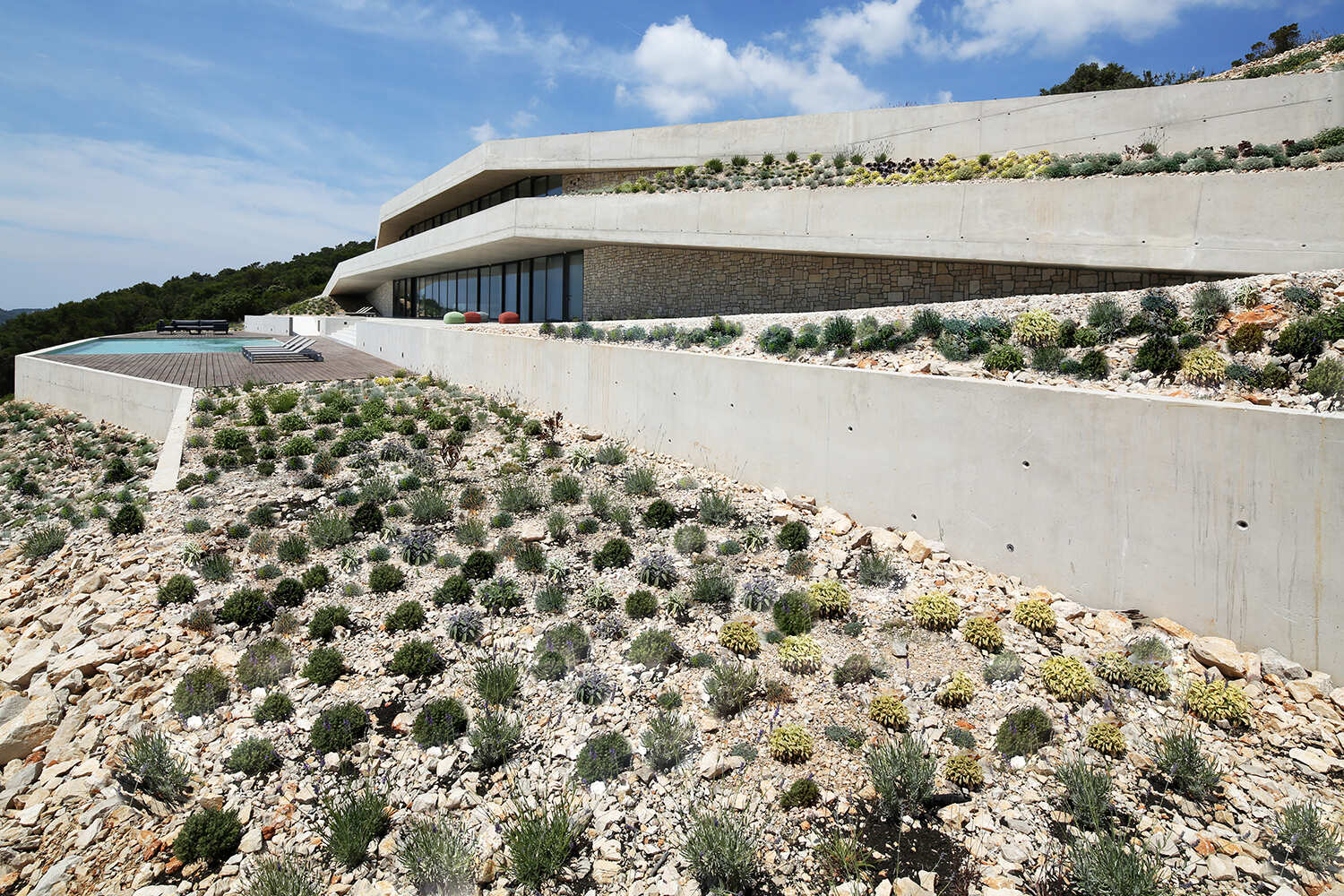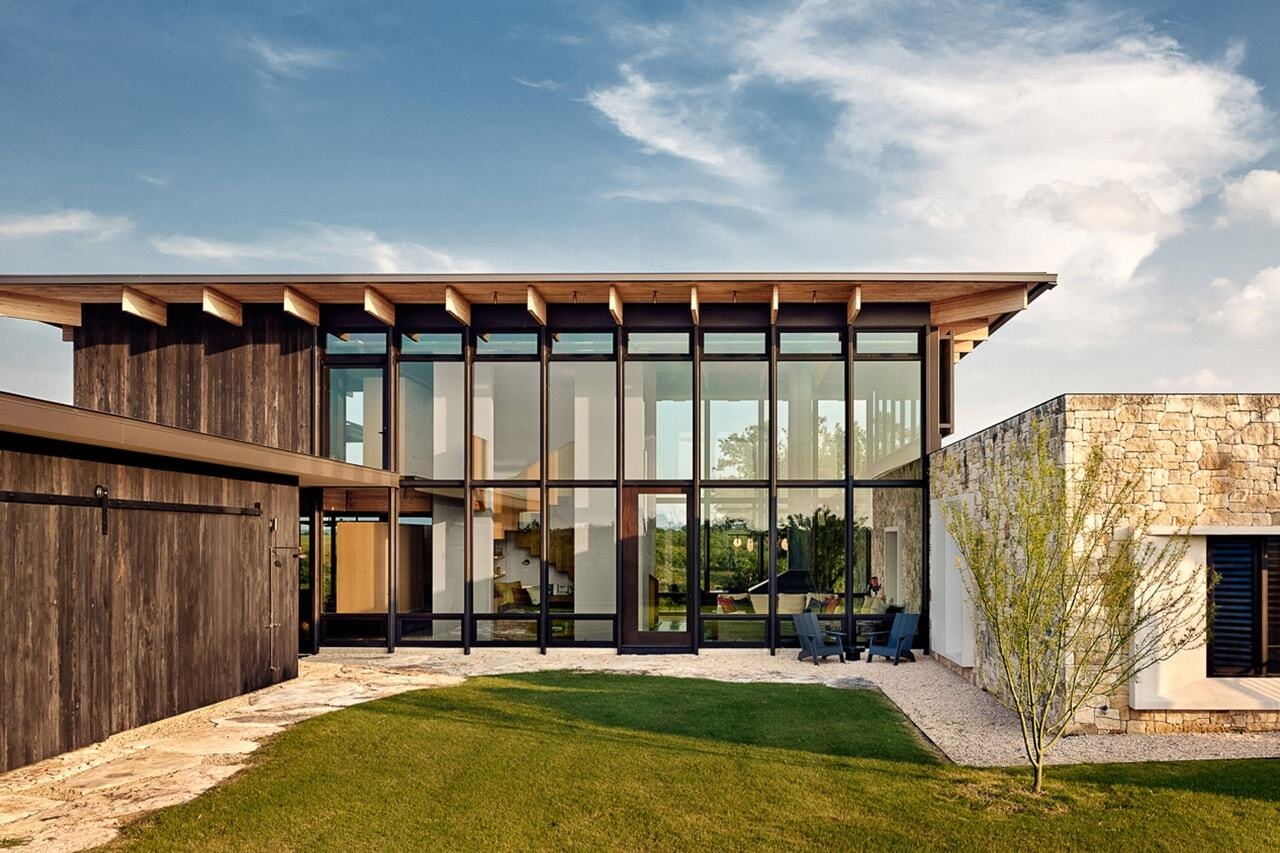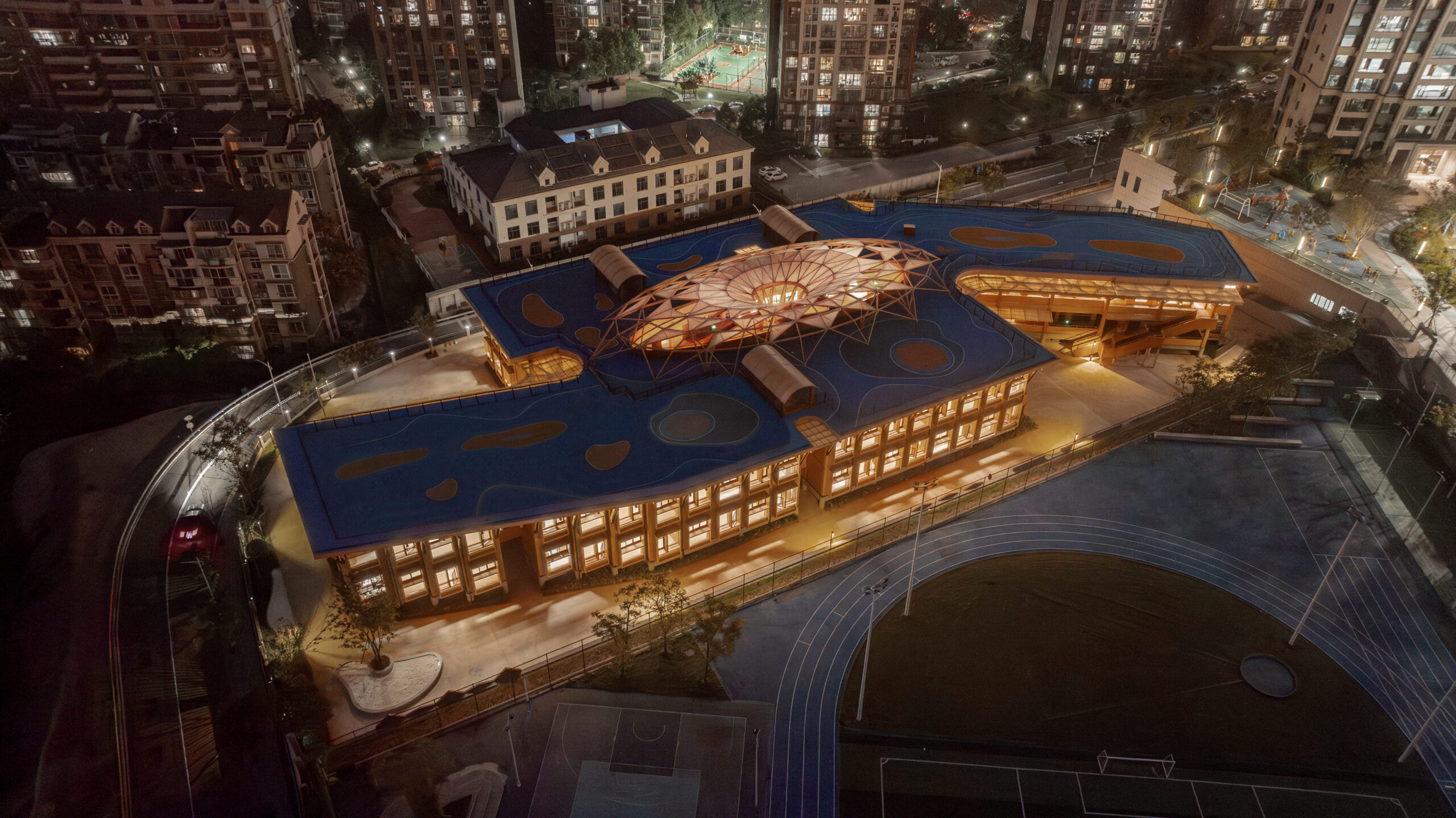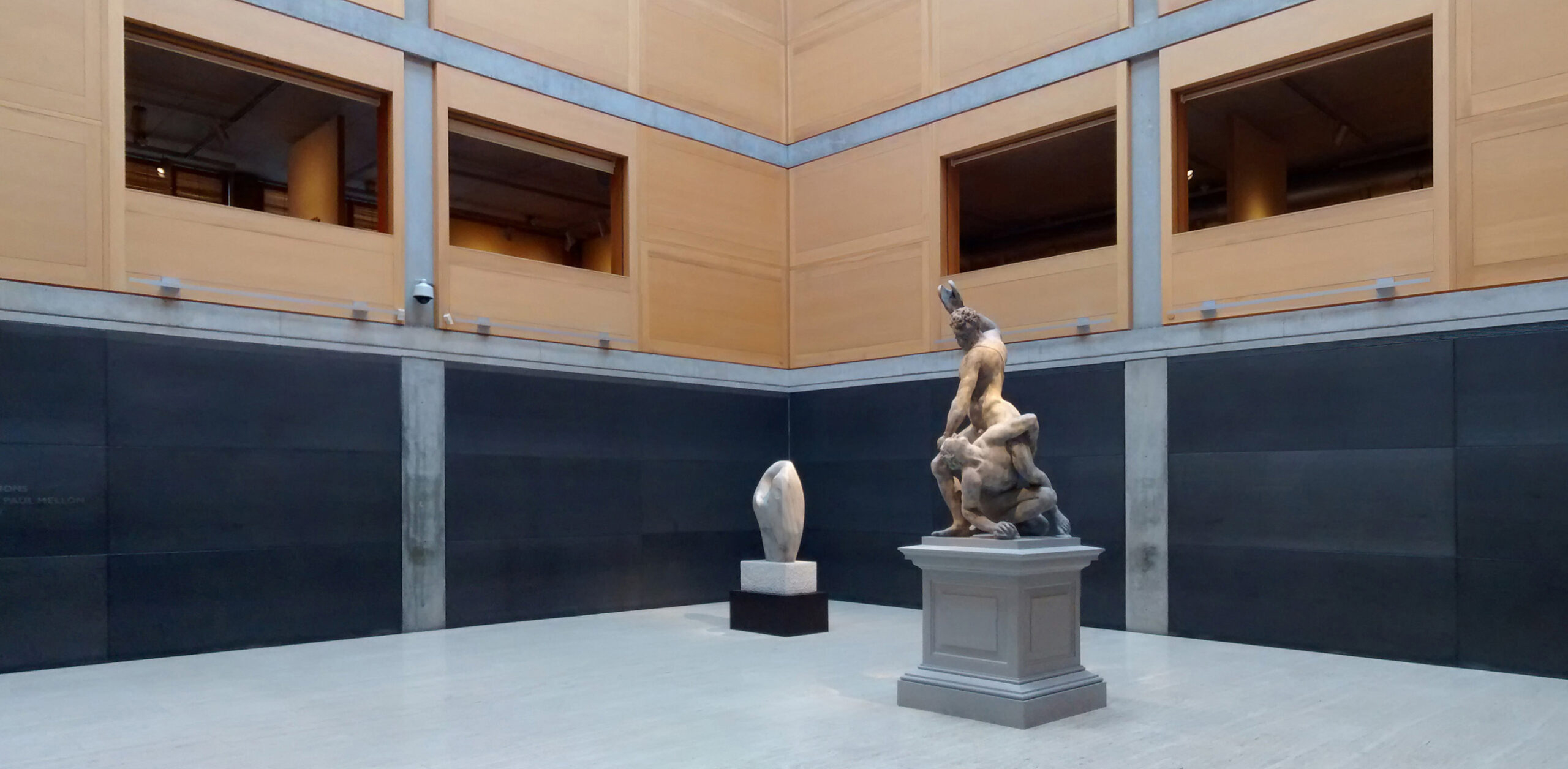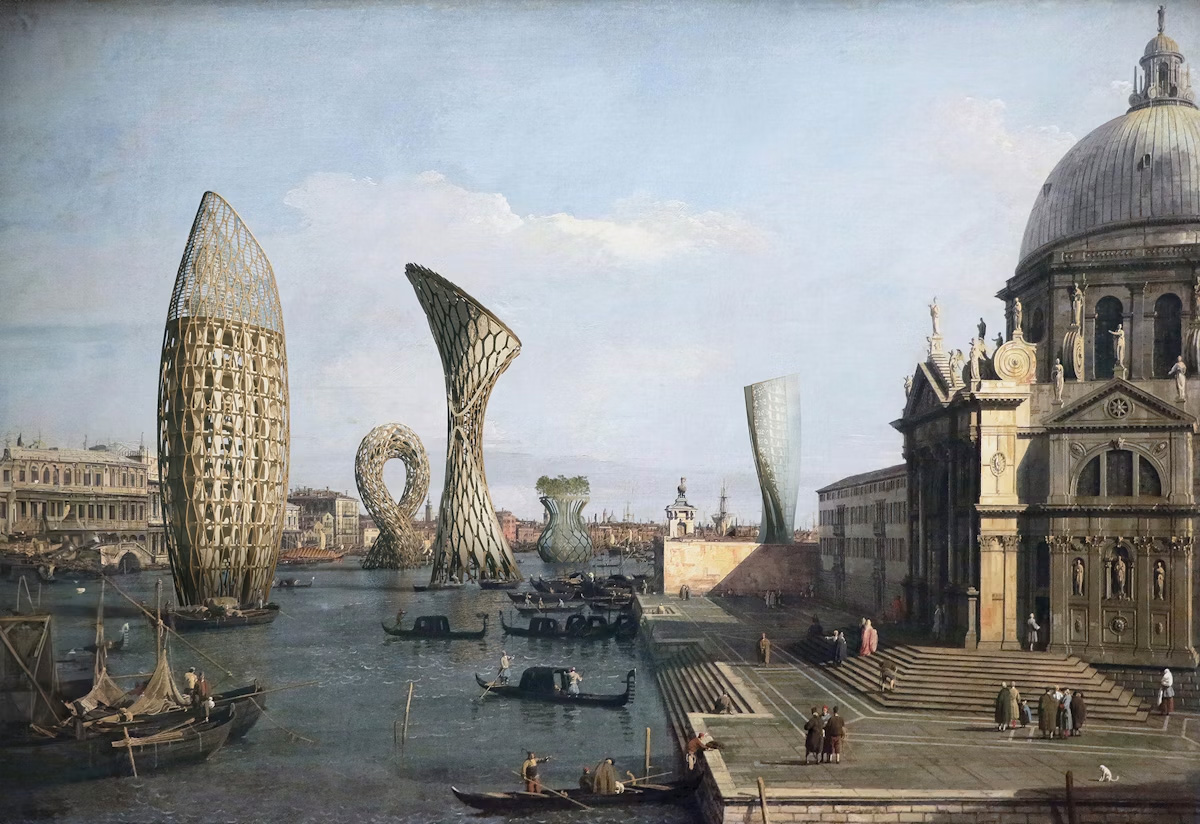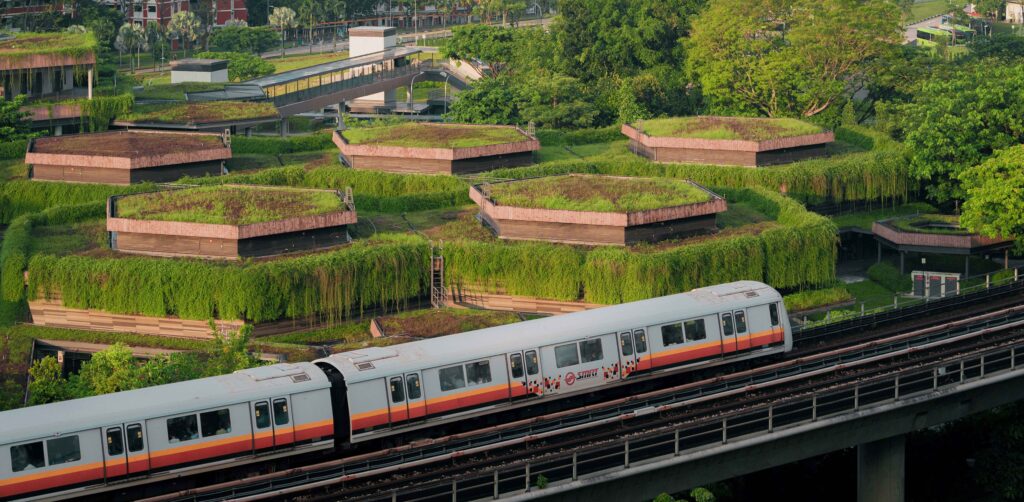Concrete Dreams, Political Realities: Chandigarh’s Capitol Complex Today

Architects: Want to have your project featured? Showcase your work by uploading projects to Architizer and sign up for our inspirational newsletters.
The Chandigarh Capitol Complex is a government compound designed by Le Corbusier, located in Chandigarh city in India. In 2016, it became a UNESCO World Heritage Site comprised of three buildings: the Palace of Assembly, the Secretariat Building and the High Court, as well as four monuments: the Open Hand Monument, the Geometric Hill, the Tower of Shadows and the Martyrs Monument.
Le Corbusier was charged with the Capitol Complex’s design, along with Pierre Jeanneret, his cousin; the British architectural couple Maxwell Fry and Jane Drew; and numerous Indian architects, from Aditya Prakash to Balkrishna Doshi to Urmila Eulie Chowdhury, to the nation’s first trained female architect. Following intellectual currents of the period, the plan exemplified principles of rational planning, modernist aesthetics and democratic governance, becoming a landmark as well as an ideological statement for the city.
Still, nearly seven decades later, a pressing question emerges: how relevant is Le Corbusier’s architectural and urban vision in the context of a rapidly transforming Indian city?
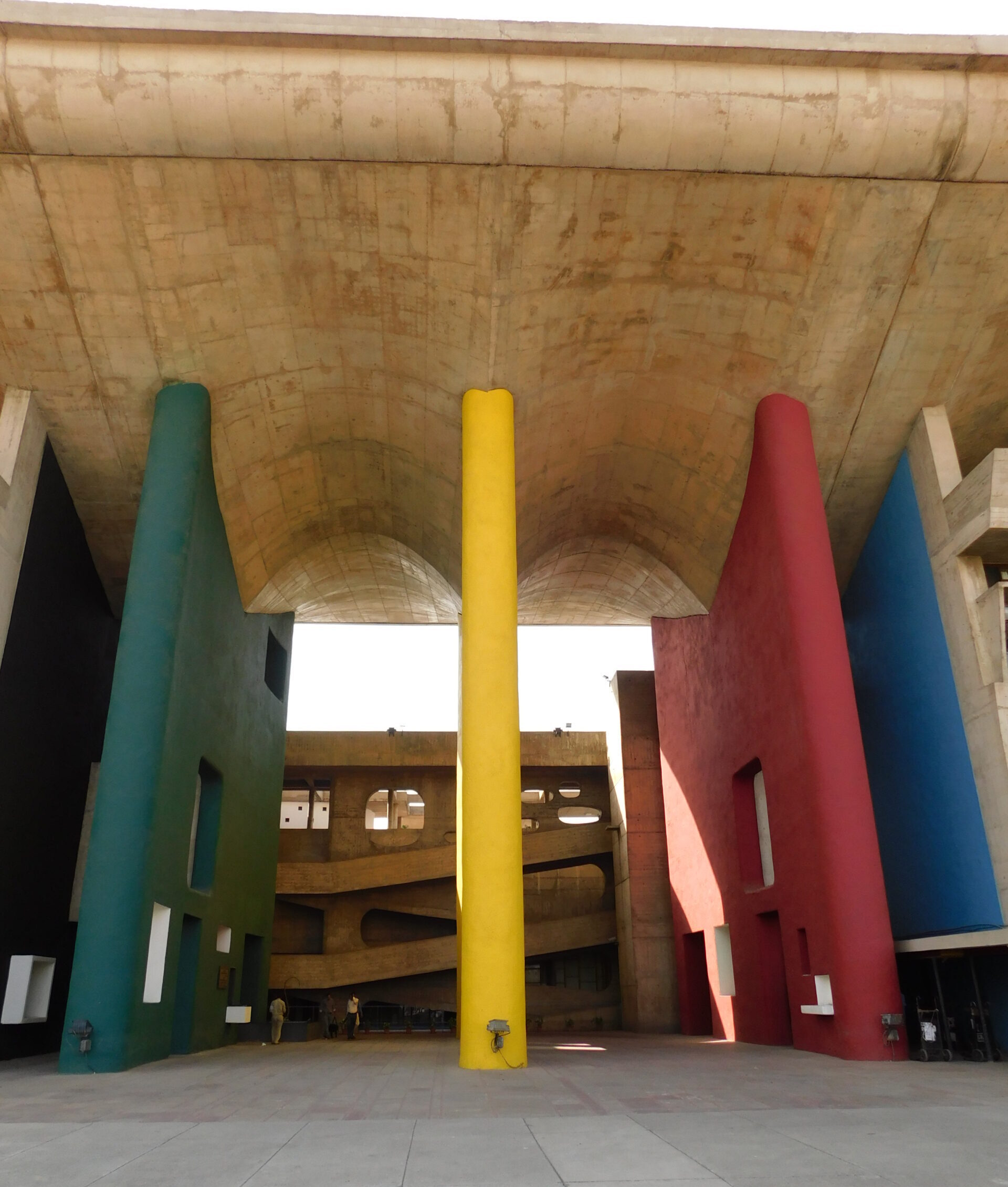
CAPITOL COMPLEX, CHANDIGARH designed by Le Corbusier & Team; UNESCO Management Plan by Abha Narain Lambah Associates, Chandigarh, India
The inception behind the Capitol Complex occurred after India’s Partition in 1947, when Jawaharlal Nehru, India’s first Prime Minister, envisioned Chandigarh as a “new city, a symbol of India’s freedom.” A pure, modernist architectural paradigm, the complex employed béton brut (exposed concrete) and pioneering construction techniques that promoted modular scale and the integration of outdoor and indoor space. Spatially, the design adopts Le Corbusier’s “five points of architecture” featuring elements such as the pilotis, free façades and plans, horizontal windows and roof gardens.
Additionally, concrete sun-shading screens (brise soleil), double-skinned roofs as well as reflecting pools that served as rainwater catchers transformed the structure into a passive climatic regulator. In fact, Le Corbusier once described the Complex as the materialization of some of the principles he advocated through his design of “Radiant City,” integrating nature, sunlight and human proportions.
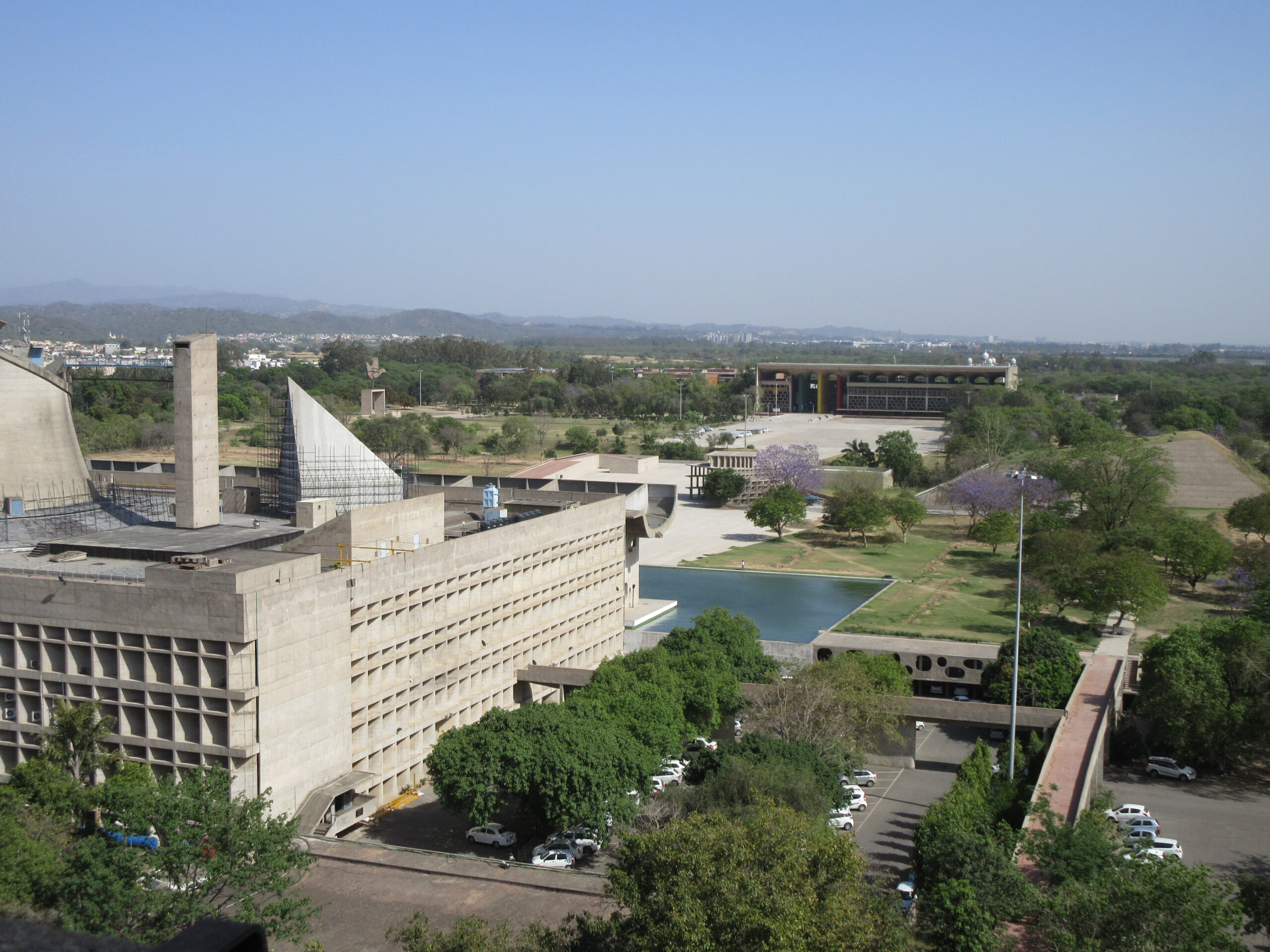
CAPITOL COMPLEX, CHANDIGARH designed by Le Corbusier & Team; UNESCO Management Plan by Abha Narain Lambah Associates, Chandigarh, India
Returning to the present, there is a certain duality that resonates within the Capitol Complex. Politically, it functions as a seat for governance for both Punjab and Haryana — an arrangement that Le Corbusier and his team never anticipated. This coexistence of the two state governments results into an operational complexity that challenges the initial “open” design and original clarity of the plan. In parallel, the Complex is both a “living monument” (i.e. a UNESCO World Heritage Site), as well as a fully functional administrative building, thus intensifying the tension between strict preservation practices versus functional adaptation works. Specifically, installing HVAC systems, accessibility upgrades and digital infrastructure may clash with a more delicate and careful restoration required to maintain the structure’s integrity.
Finally, looking at the Complex within its immediate urban fabric, its brutalist form — albeit impressive and symbolic — feels alien in relation to the cultural dynamics present in contemporary Indian cities. On the other hand, its architectural significance has transformed the site into a place of pilgrimage for architects, scholars and preservationists, where this dual identity — as both an artifact of modernism and a fully functional administrative institution — raises the dilemma between preserving the building’s monumental integrity or reinstating it to fit contemporary needs.
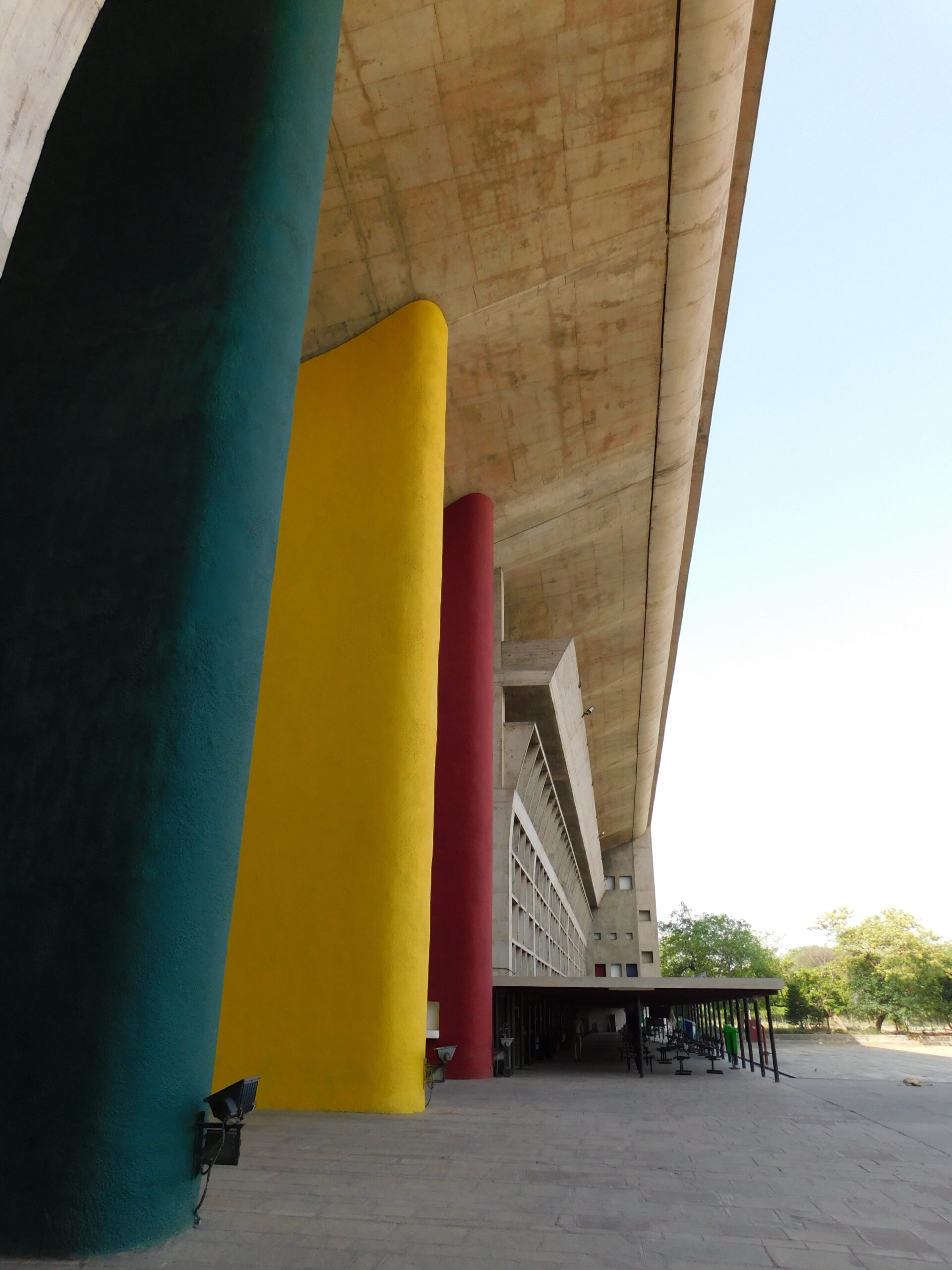
CAPITOL COMPLEX, CHANDIGARH designed by Le Corbusier & Team; UNESCO Management Plan by Abha Narain Lambah Associates, Chandigarh, India
Delving a little bit deeper into Chandigarh’s history, the city was designed according to a rigid grid that clearly separated residential, commercial, institutional and recreational zones, aiming to create order, efficiency and a higher quality of life. However, the city’s inconsistent growth, regional pressures and the uncontrollable emergence of urban sprawl has turned Chandigarh into a polycentric urban region that is now difficult to tame under the initial rigid plan. Furthermore, these fragmented regions have resulted to the creation of informal economies and settlements that need a looser approach in terms of spatial zoning and planning. Regardless of these conditions though, Chandigarh has somewhat preserved its initial modernist vision by placing an emphasis on green space, pedestrian paths and a general civic order. On the other hand, the city is enormously unprepared for contemporary challenges such as the lack of social housing, climate change and digital infrastructure.
Within this context, the Capitol Complex becomes a poignant reference point that reveals and by extent tackles the stresses of long-term adaptability of modernist planning. Specifically, while its form is largely preserved, it can become reinterpreted as a place not only used for governance but also for public engagement through temporary exhibitions, civic gatherings and even cultural performances. By celebrating its monumental presence instead of viewing it as a disadvantage, the Complex could evolve into a shared civic communal space, abandoning its austere and impersonal modernist identity. More broadly, this approach can be applied at an urban scale, where other, more fluid forms of organization can become adopted and where the modernist ethos is reinterpreted instead of deserted.
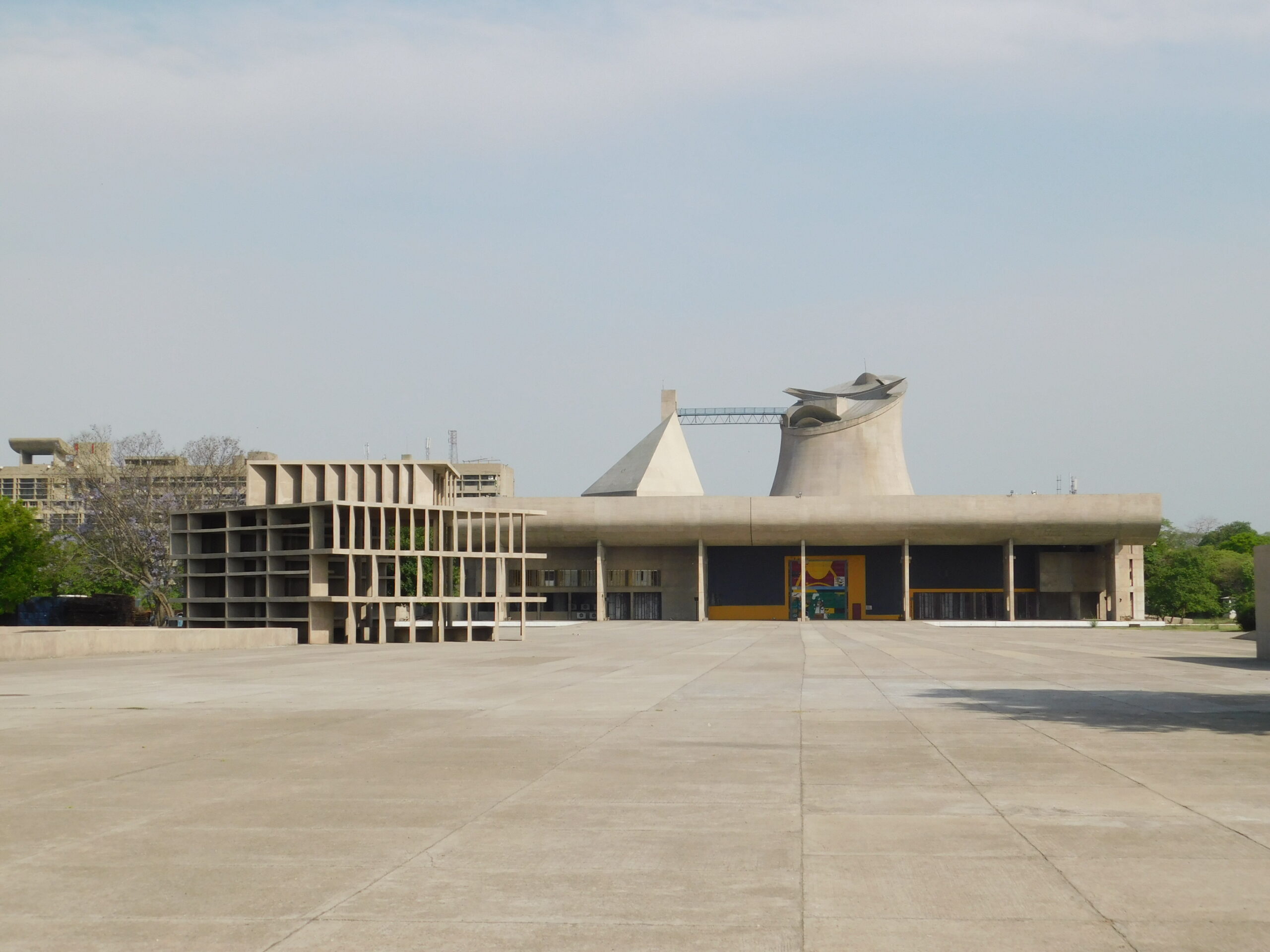
CAPITOL COMPLEX, CHANDIGARH designed by Le Corbusier & Team; UNESCO Management Plan by Abha Narain Lambah Associates, Chandigarh, India
To conclude, Le Corbusier’s Capitol Complex stands as both a relic and a provocation, challenging architects to rethink modernist ideals, honor the architectural legacies of the past and use this as a framework to create more adaptable and sustainable civic futures. Perhaps using the Capitol Complex as a case study offers valuable insights into how (in this case) Indian cities navigate the complex challenges of identity, equity and resilience and could eventually serve as a model for reimagining modernist urbanism in cities around the world.
Architects: Want to have your project featured? Showcase your work by uploading projects to Architizer and sign up for our inspirational newsletters.
Featured Image: CAPITOL COMPLEX, CHANDIGARH designed by Le Corbusier & Team; UNESCO Management Plan by Abha Narain Lambah Associates, Chandigarh, India
The post Concrete Dreams, Political Realities: Chandigarh’s Capitol Complex Today appeared first on Journal.





























